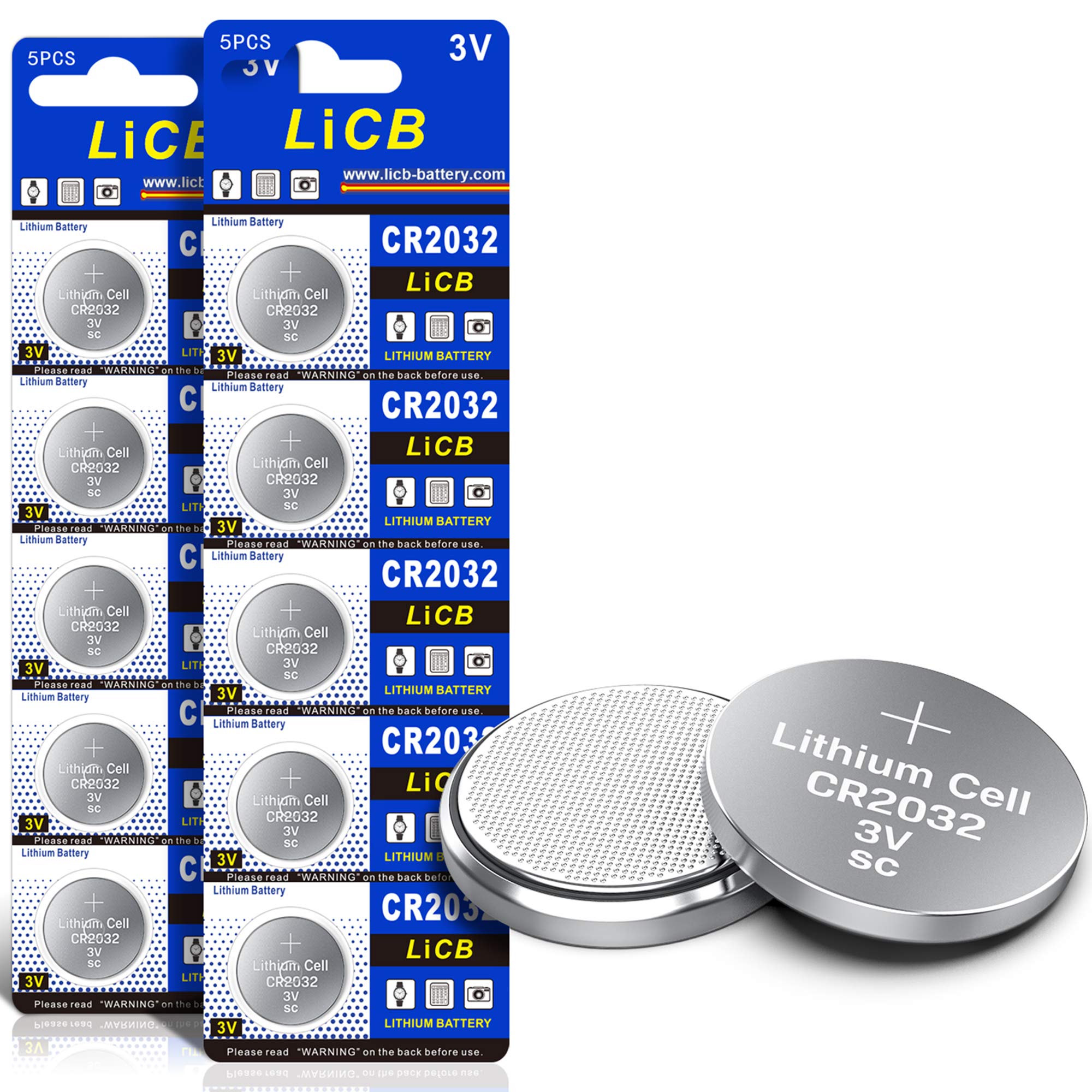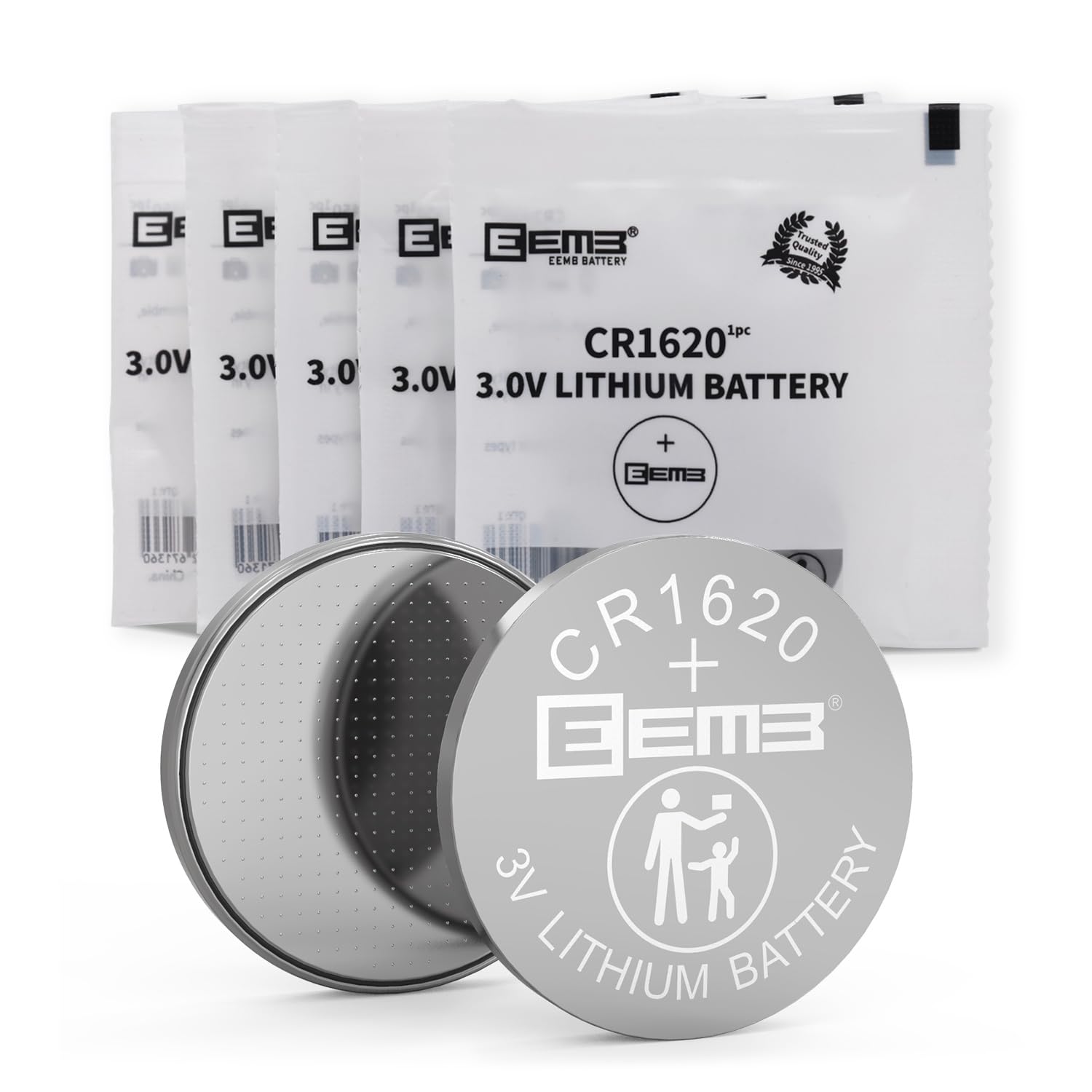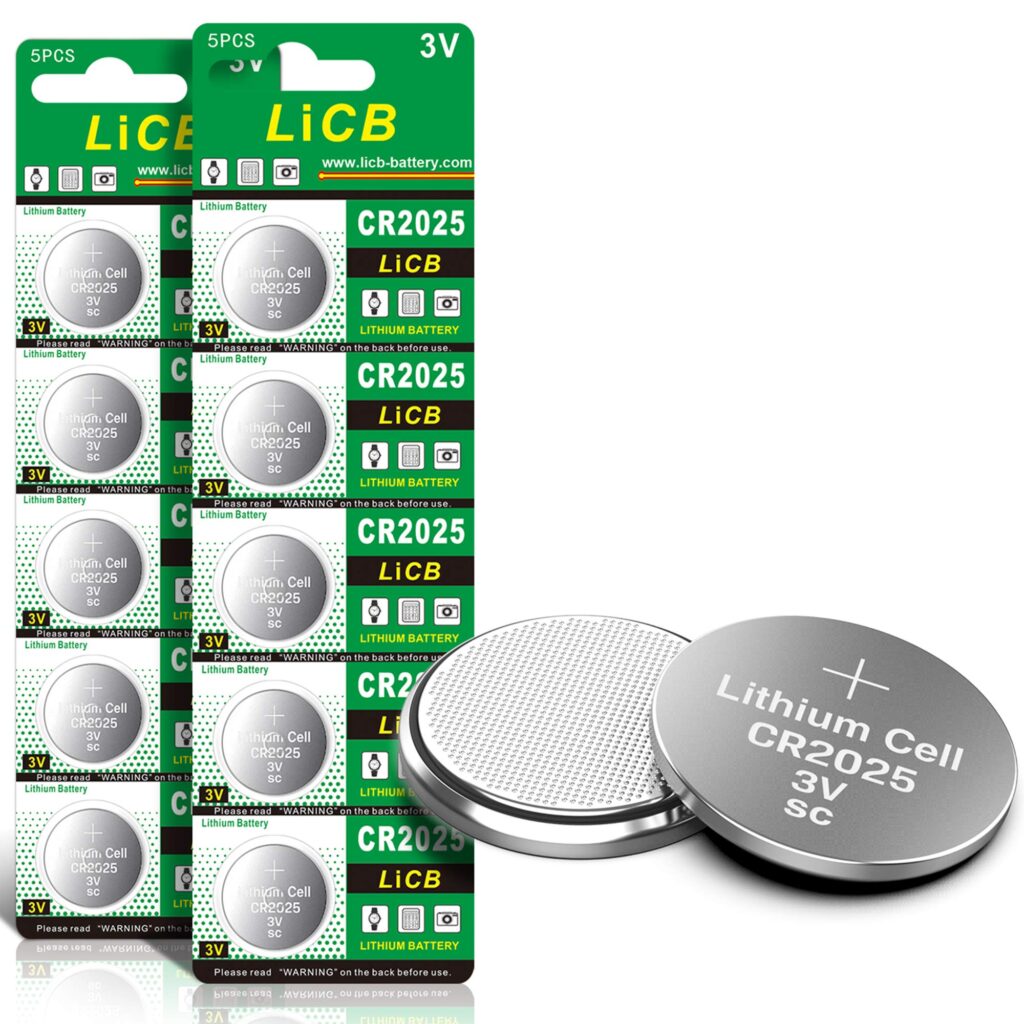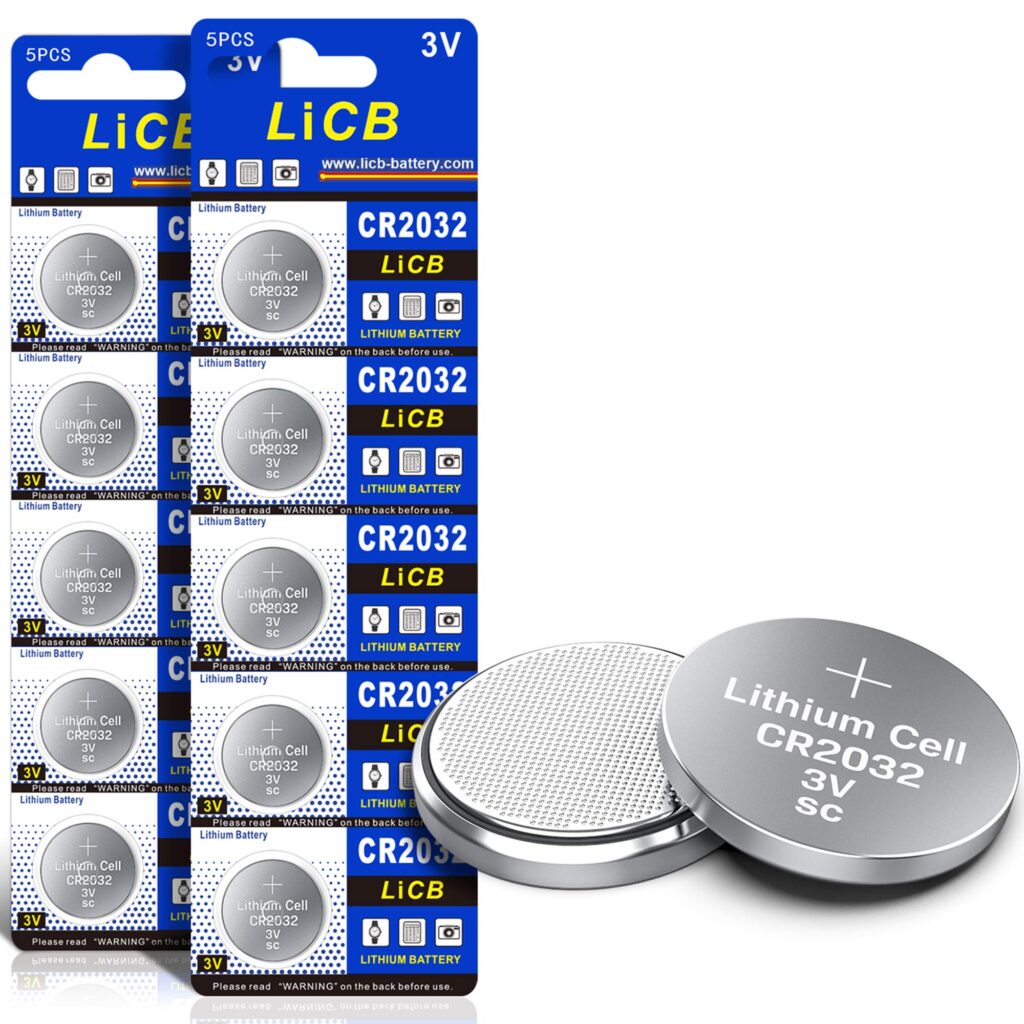In the realm of small electronic devices, coin cell batteries are indispensable. They power devices ranging from watches and calculators to key fobs and medical devices. Among the most popular are the CR2032 and CR1620 batteries. Manufactured by various brands, these batteries are known for their reliability and efficiency. However, potential users often find themselves at a crossroads when choosing between these two. This article aims to provide an in-depth comparison between the CR2032 and CR1620 batteries, highlighting their features, differences, pros and cons, and user experiences to help you make an informed decision.
Detailed Comparison Table
| Feature | CR2032 | CR1620 |
|---|---|---|
| Image |  |
 |
| Diameter | 20 mm | 16 mm |
| Thickness | 3.2 mm | 2.0 mm |
| Voltage | 3 Volts | 3 Volts |
| Capacity | 220 mAh | 75 mAh |
| Weight | ~3.1 grams | ~1.2 grams |
| Common Uses | Watches, Calculators, Motherboards, Key fobs | Watches, Small Electronics, Remote Controls |
Informative Explanation of Features and Specifications of Both Products
CR2032 Battery
The CR2032 battery is one of the most widely used coin cell batteries in the market. Its 20 mm diameter and 3.2 mm thickness make it a robust power source, while its 3-volt output ensures compatibility with a wide range of devices. The CR2032 has a capacity of approximately 220 milliampere-hours (mAh), which provides long-lasting power, making it ideal for devices that require sustained energy, like motherboards and key fobs. Weighing around 3.1 grams, it strikes a balance between size and power.
CR1620 Battery
On the other hand, the CR1620 battery is smaller, with a 16 mm diameter and a 2.0 mm thickness. It also operates at 3 volts but has a lower capacity of about 75 mAh, which is suitable for devices with moderate power needs, such as small electronics and remote controls. With a weight of approximately 1.2 grams, the CR1620 is often chosen for applications where space is limited, and the power demand is lower.
Differences Between Products
The primary difference between the CR2032 and CR1620 batteries lies in their size and capacity. The CR2032 is larger and heavier, offering a greater energy capacity, which translates to longer battery life. This makes it suitable for devices with higher energy demands or those that require prolonged usage without frequent battery changes. Conversely, the CR1620s smaller size and lighter weight are advantageous for compact devices where space is a constraint. However, this comes at the cost of reduced capacity, making it less suitable for high-drain devices.
Another difference is their common applications. While both batteries are used in various electronics, the CR2032s higher capacity makes it more versatile, serving devices ranging from motherboards to key fobs effectively. The CR1620, with its smaller capacity, is often reserved for less demanding applications like small electronics and some watches.
Pros and Cons Section
CR2032

- Pros:
- Higher capacity, providing longer battery life.
- Suitable for a wide range of devices, offering versatility.
- Available from multiple manufacturers, ensuring accessibility.
- Cons:
- Larger size may not fit in all devices.
- Slightly heavier, which may not be ideal for very lightweight applications.
CR1620

- Pros:
- Compact size makes it ideal for small devices.
- Lighter weight, suitable for portable applications.
- Efficient for low to moderate power devices.
- Cons:
- Lower capacity means shorter battery life.
- Limited to specific devices due to size and power constraints.
Performance Evaluation and User Experience
User experiences with the CR2032 and CR1620 batteries vary based on the application. The CR2032 is often praised for its reliability and longevity, particularly in devices that require consistent power over time, such as motherboards or remote car keys. Users appreciate its ability to maintain charge over extended periods, reducing the frequency of replacements.
Conversely, the CR1620 is favored for its compactness and suitability for devices with less demanding energy requirements. Users of small electronics and watches often find the CR1620 adequate, particularly when space inside the device is limited. However, the reduced capacity compared to the CR2032 is a noted drawback, with some users reporting more frequent battery changes.
Performance-wise, both batteries deliver consistent voltage output, which is crucial for the proper functioning of electronic devices. The choice between the two often boils down to the specific needs of the device and the balance between size and battery life.
Final Recommendation and Conclusion
Choosing between the CR2032 and CR1620 batteries largely depends on your specific requirements. If your device demands a long-lasting power source and can accommodate a larger battery, the CR2032 is the superior choice due to its higher capacity and versatility. Its ideal for devices like key fobs, motherboards, and calculators where battery life is paramount.
However, if you need a battery for a compact device with moderate power needs, the CR1620 is suitable. Its smaller size and lighter weight make it perfect for watches and smaller electronics where space is a constraint. Despite its lower capacity, it effectively powers devices that do not draw a high current.
In conclusion, both the CR2032 and CR1620 have their merits and demerits, and the decision should be guided by the specific application and the space available within the device. Understanding your devices power requirements will ensure you choose the battery that best meets your needs.


